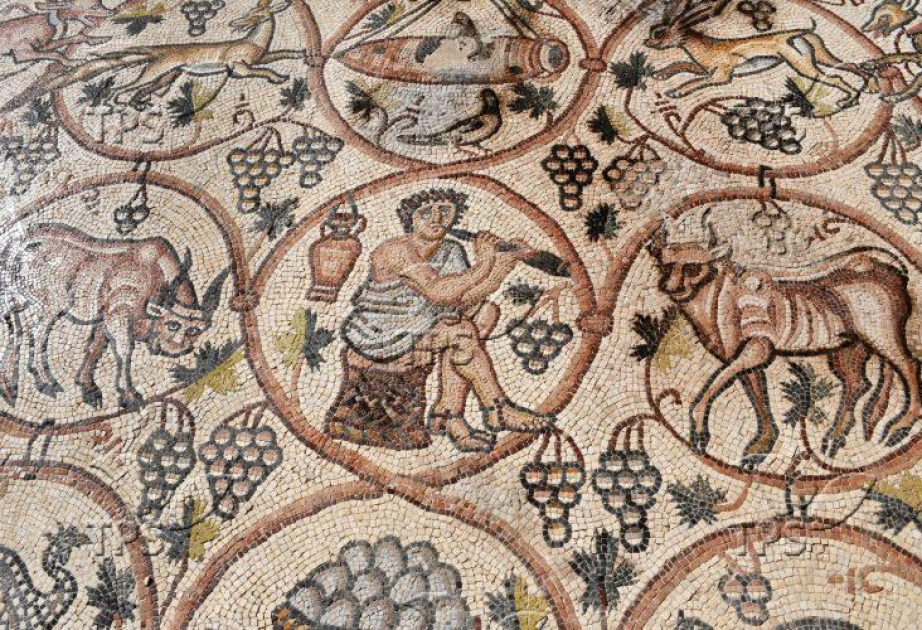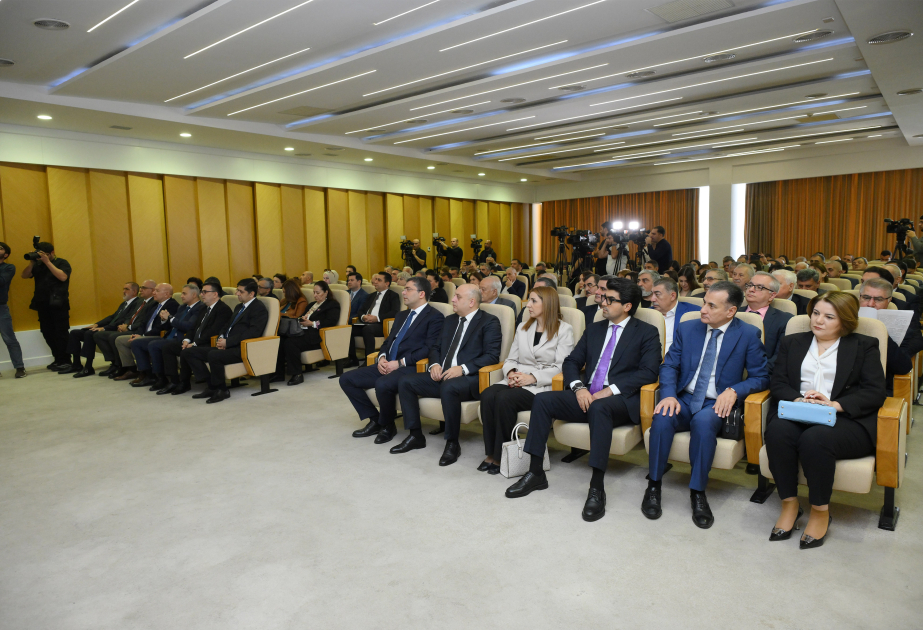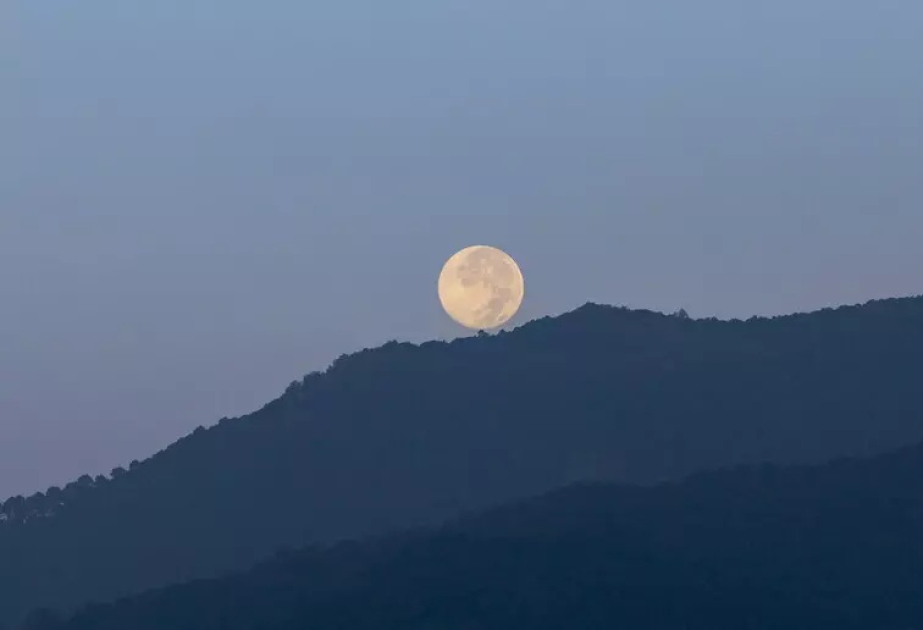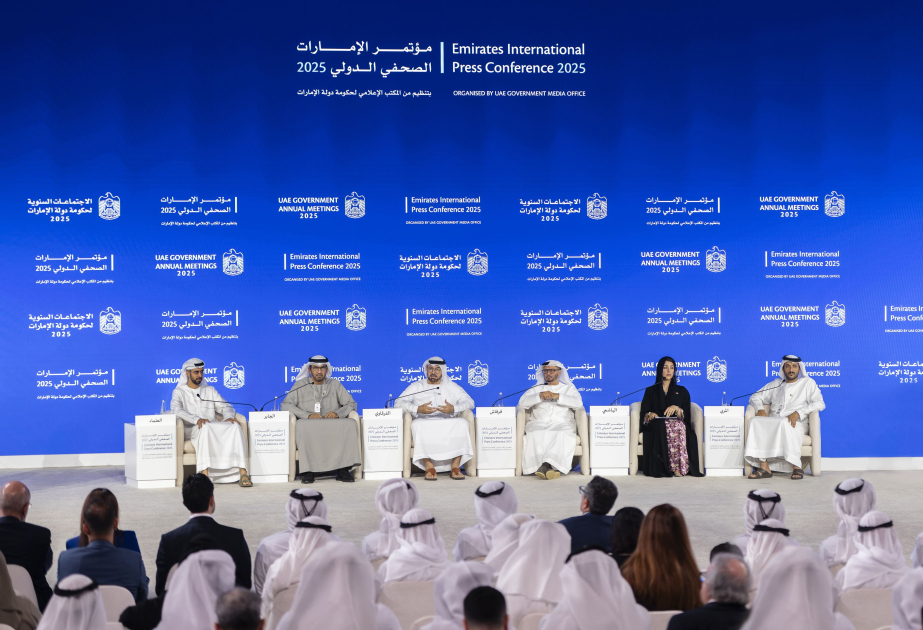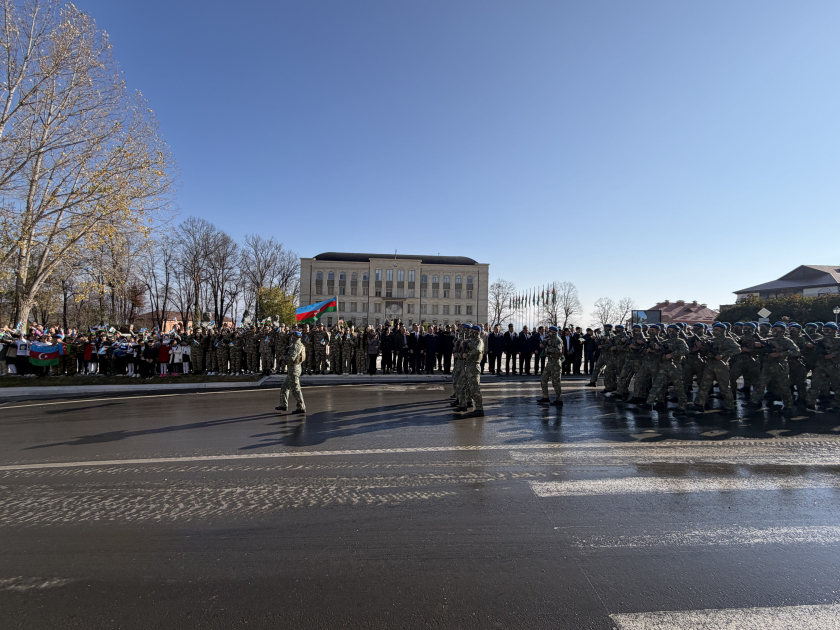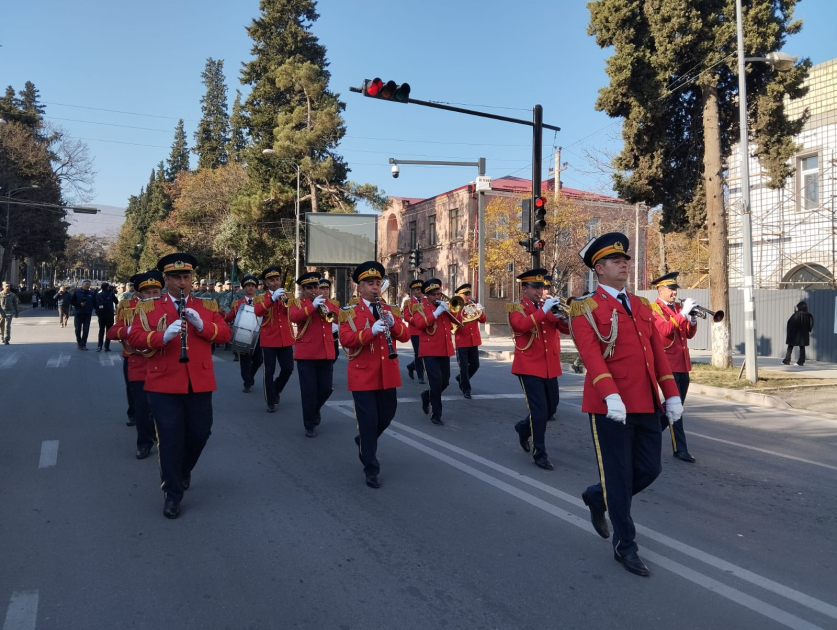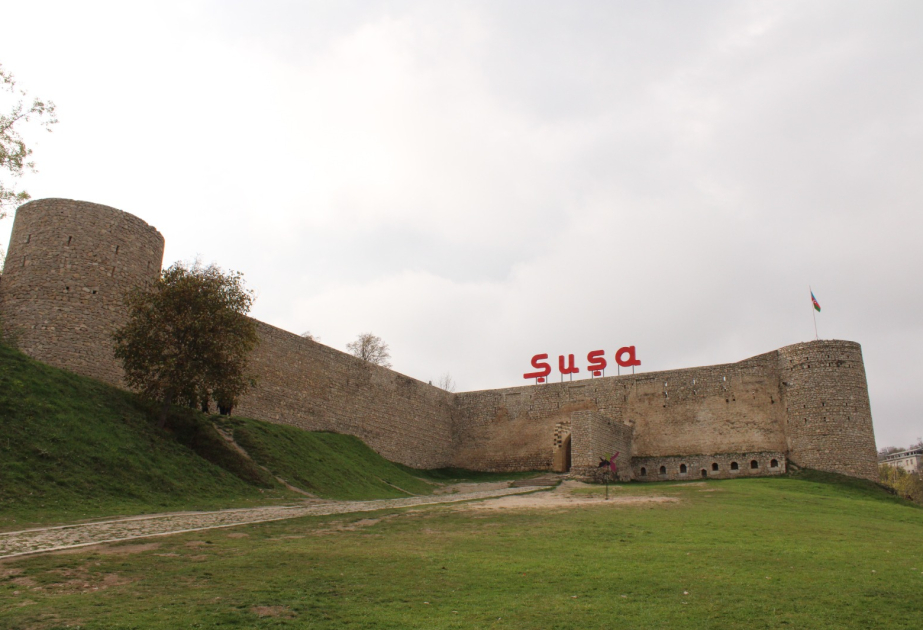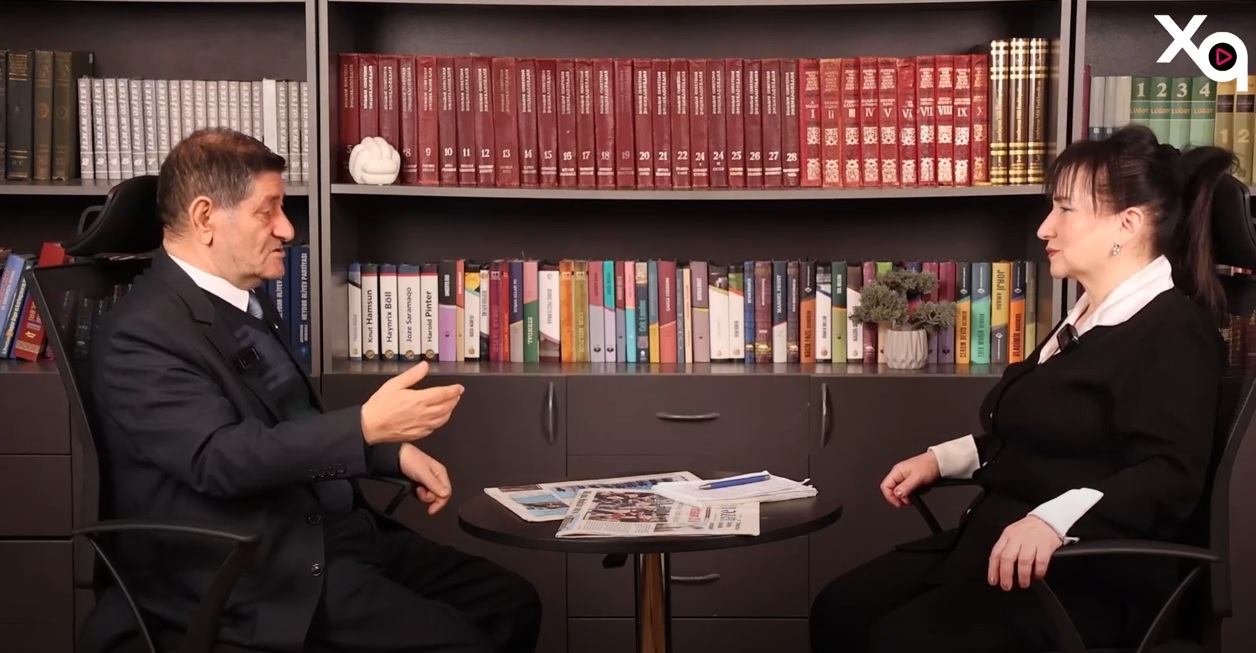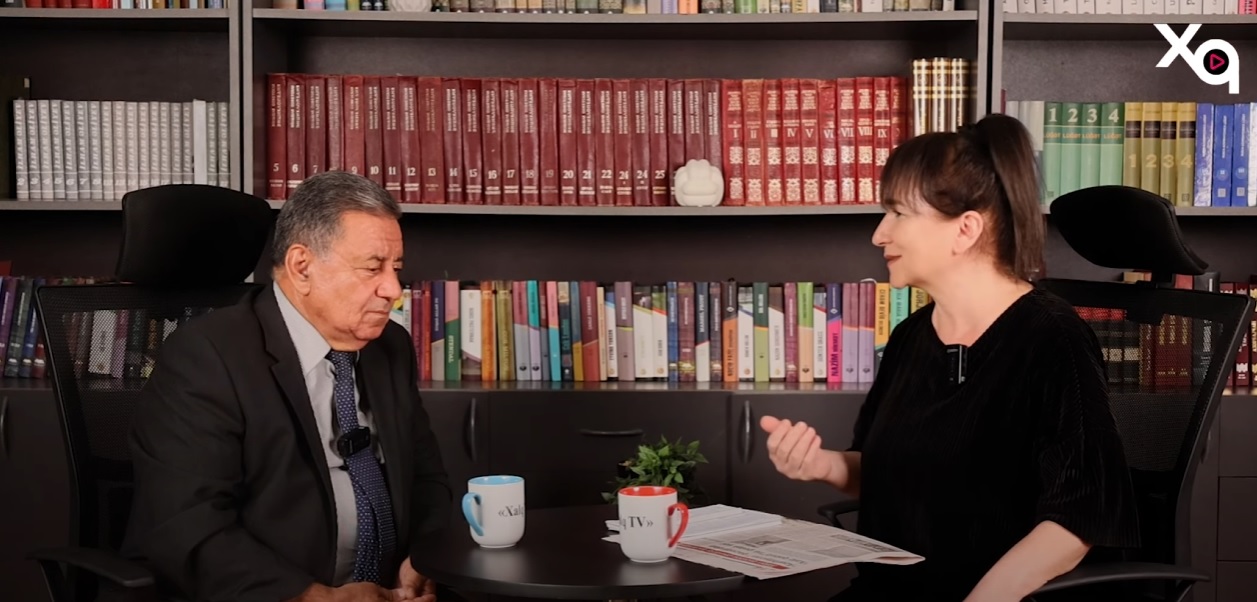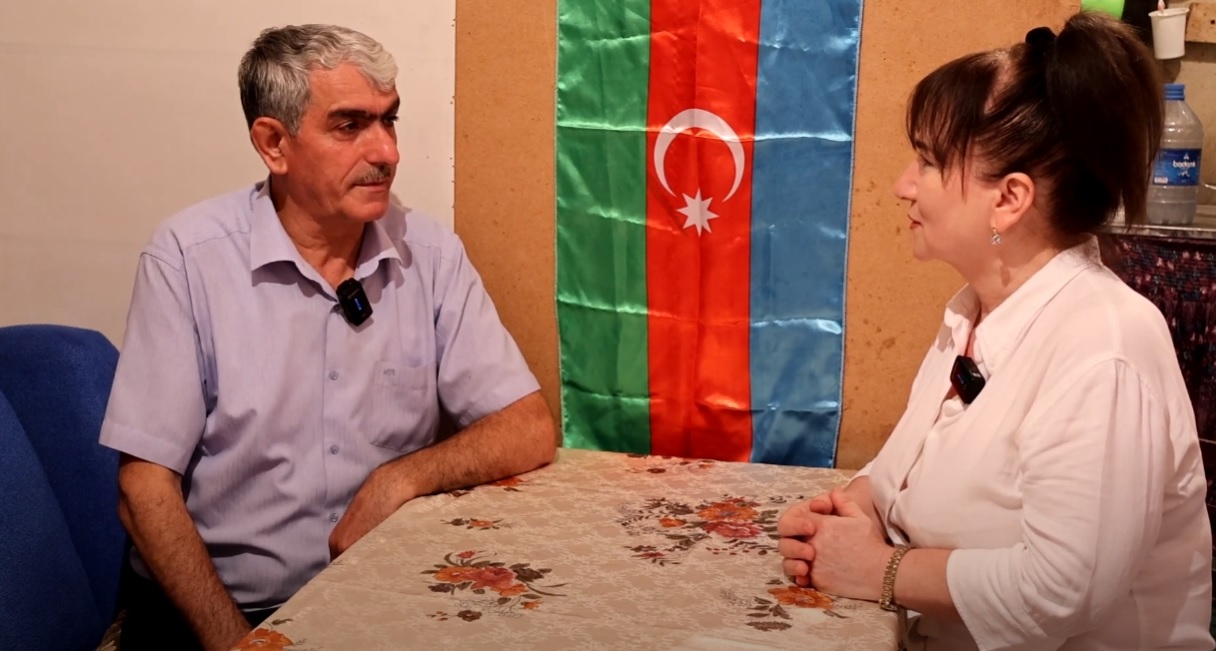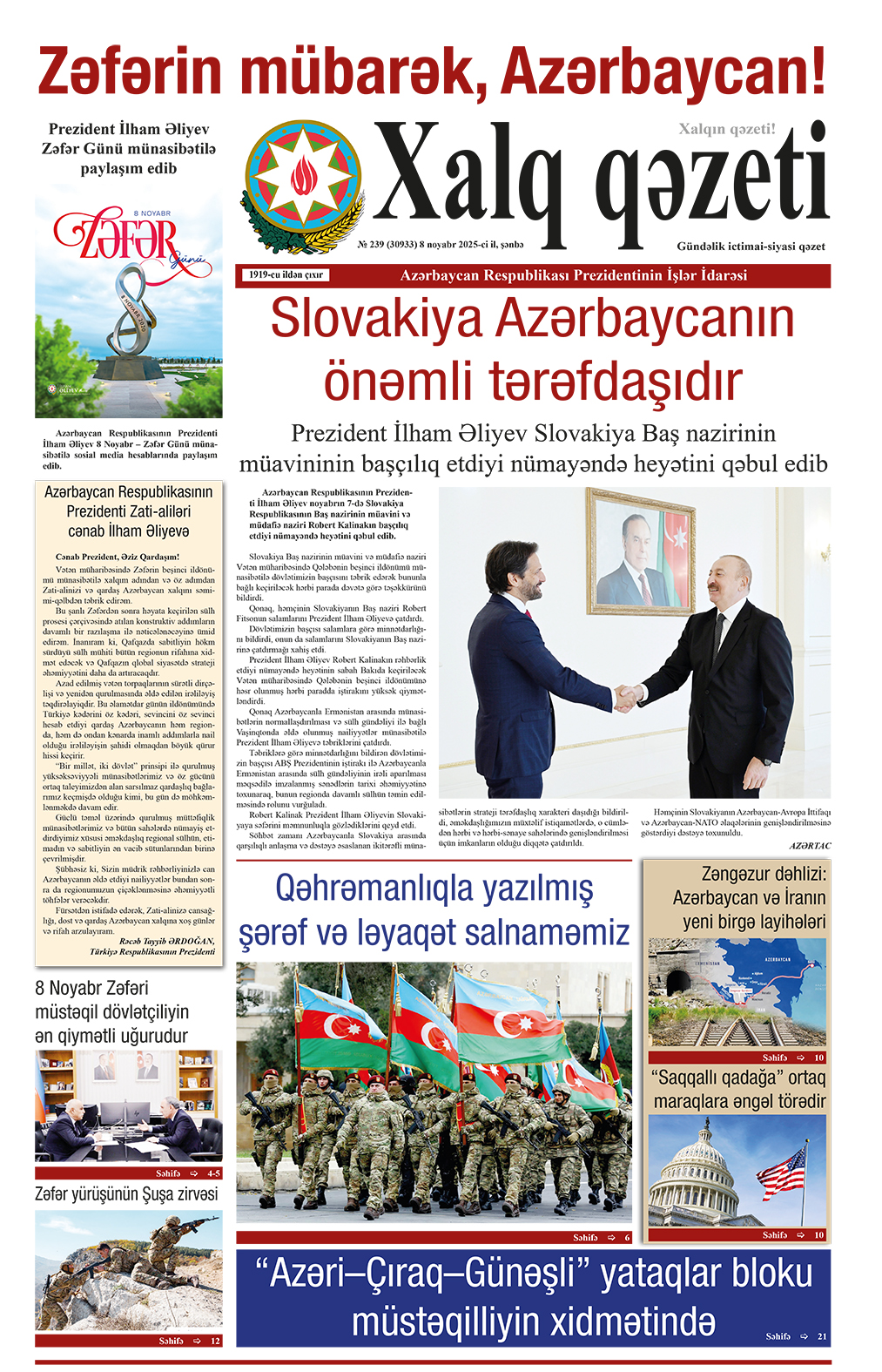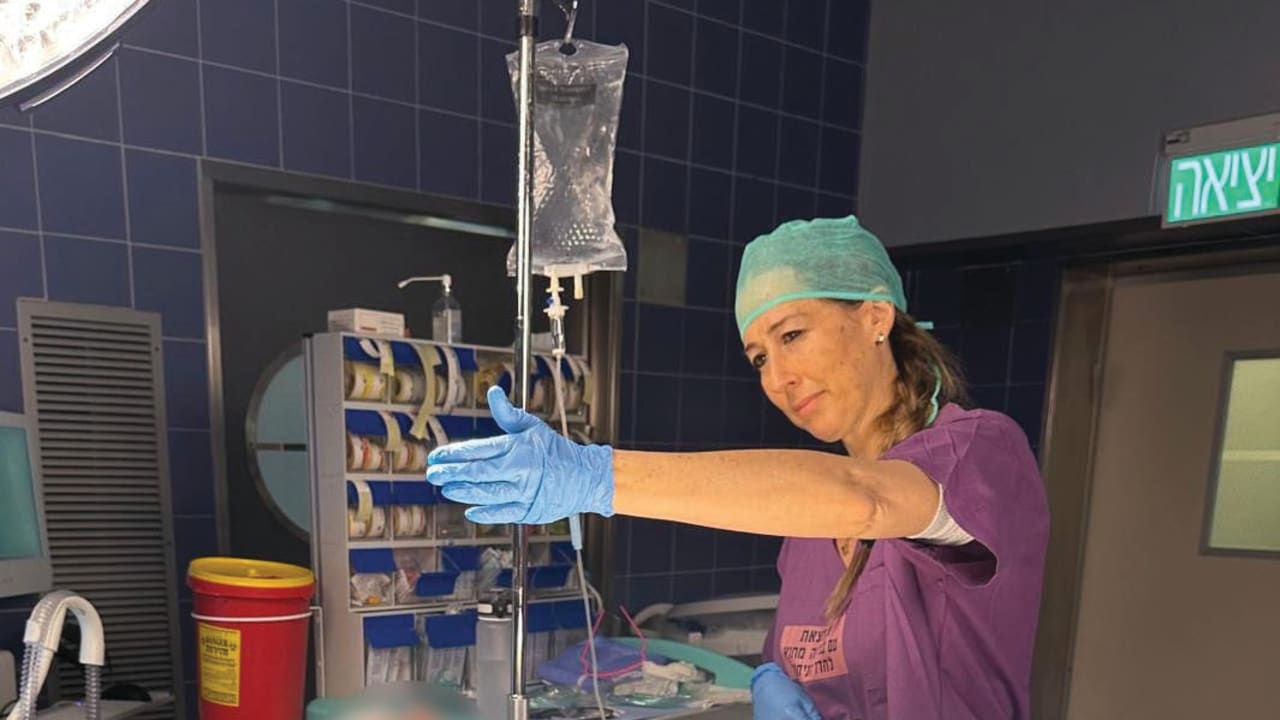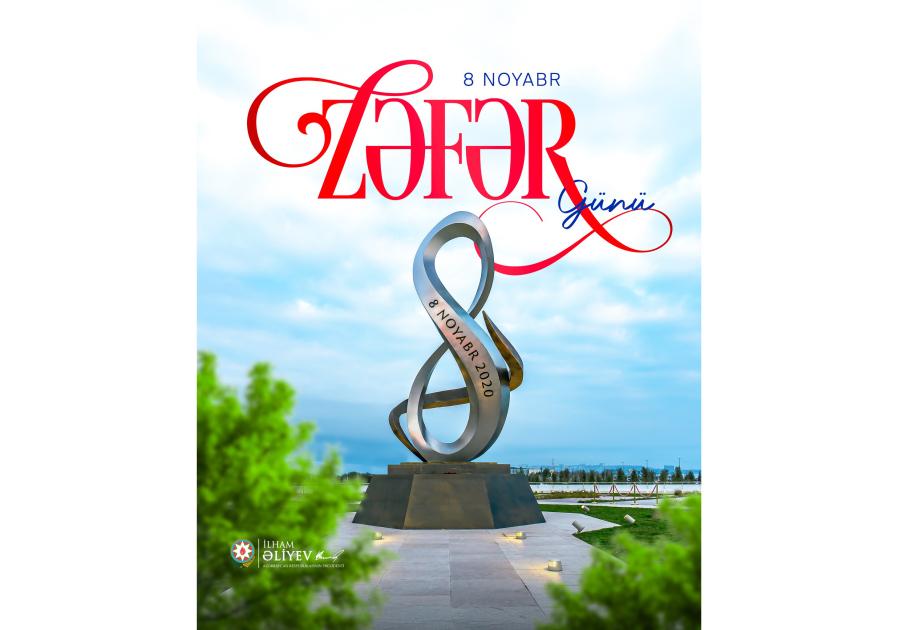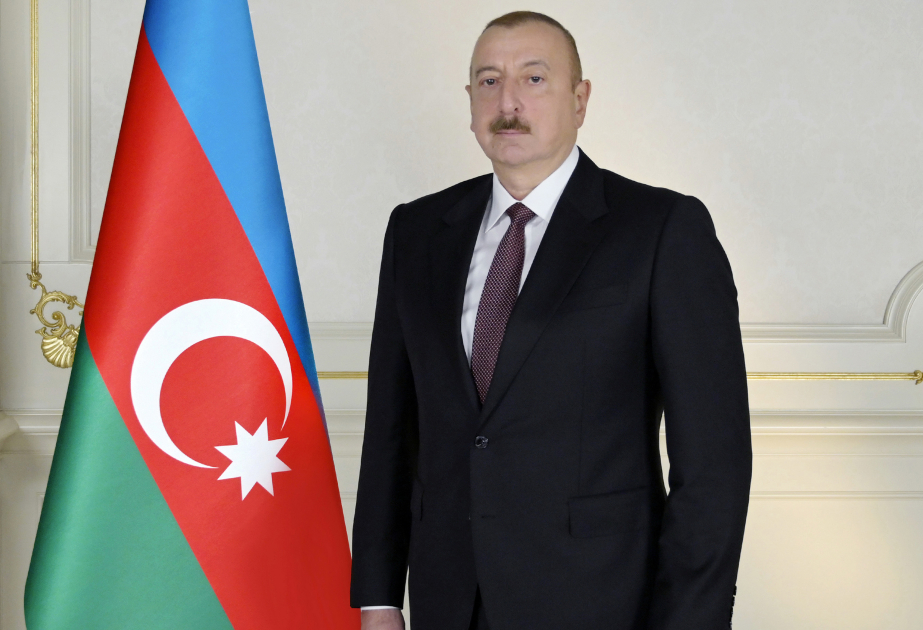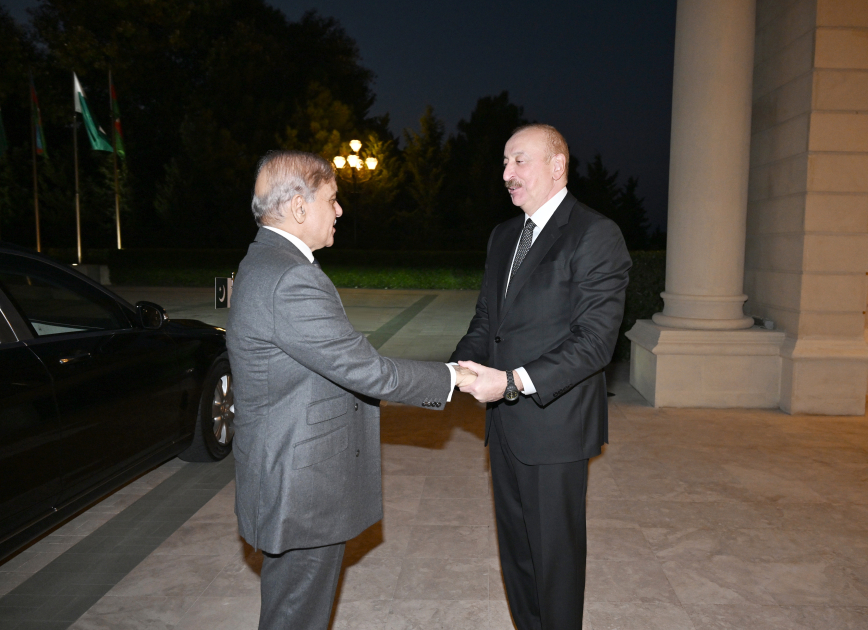A spectacular 1,600-year-old mosaic, considered one of the most impressive ever found in southern Israel, has been revealed to the public for the first time in the Western Negev desert, according to the Press Service of Israel (TPS-IL).
The Be’er Shema mosaic, named after the nearby archaeological site of Birsama, dates back to the Byzantine period (roughly 324–638 CE). It features 55 decorative circles, or medallions, filled with detailed images of hunting scenes, animals, mythological figures, baskets of fruit, and everyday life in the ancient world. Made with tiny colored stones, glass, and pottery pieces, the mosaic demonstrates remarkable craftsmanship.
“This is a unique mosaic from the Byzantine period,” said Shaike Lender, one of the archaeologists who excavated the site. “It shows 55 richly detailed medallions with mythological characters, baskets of fruit, exotic animals, hunting scenes, and more. The mosaic was clearly made by a highly skilled artist.”
Since the mosaic’s discovery in 1990 near Kibbutz Urim, close to the Gaza Strip, exposure to the elements and farming activity caused its condition to worsen. To protect the cultural treasure, conservation experts carefully restored and stabilized the mosaic before moving it to a protected location inside the Merhavim Regional Council compound. It underwent extensive preservation work in a collaboration between the Israel Antiquities Authority and the Israeli Ministry of Heritage.
“Around the site, the mosaic’s condition deteriorated over the years,” said Ami Shahar, head of conservation at the Israel Antiquities Authority. “We re-exposed, treated, and strengthened the mosaic, then transferred it to the enclosed compound of the Merhavim Regional Council. Now it is fully protected and open for the public to admire. After our team’s intensive work, visitors can finally enjoy this spectacular 1,600-year-old artwork.”
The mosaic is now on display at the Merhavim Regional Council headquarters.
The Antiquities Authority said the mosaic originally decorated the floor of a large monastery complex. Archaeologists uncovered remains of a winepress and storage rooms filled with jugs, indicating that the monastery made its living from wine production. The site sits along an ancient trade route that once connected the desert region of the Negev to the Mediterranean port city of Gaza. This route was part of a spice trail used by the Nabataeans and later the Romans.
“The ancient road near the settlement served as a border between the desert and inhabited areas during the Byzantine period, and possibly earlier during Roman times,” explained Lender. “The excavation showed that this was a large settlement, covering several hundred acres. It served travelers needing a safe place to rest, protecting them from attacks by local Bedouin tribes.”
Shai Hajaj, head of the Merhavim Regional Council, emphasized the mosaic’s importance for education and tourism. “This beautiful mosaic is a living testimony to life in the Negev some 1,500 years ago. It will be preserved here and become a center for visits and learning—for tourists, students, and residents from all over Israel. It adds another chapter to the story we are writing here in Merhavim, connecting the past, present, and future.”


